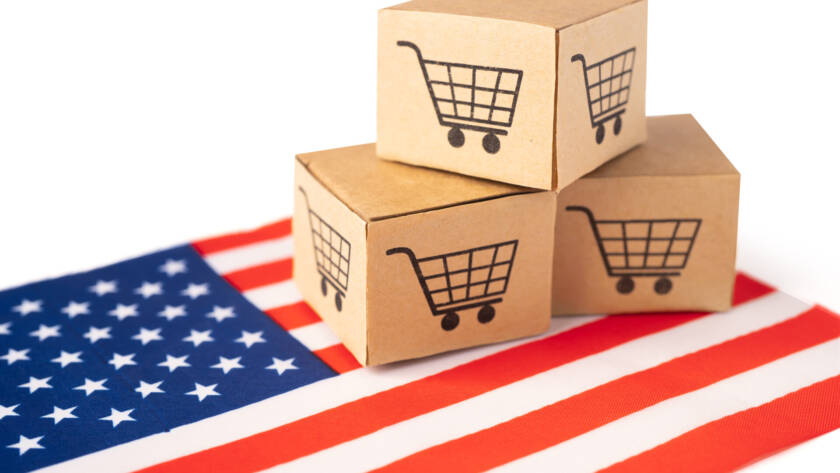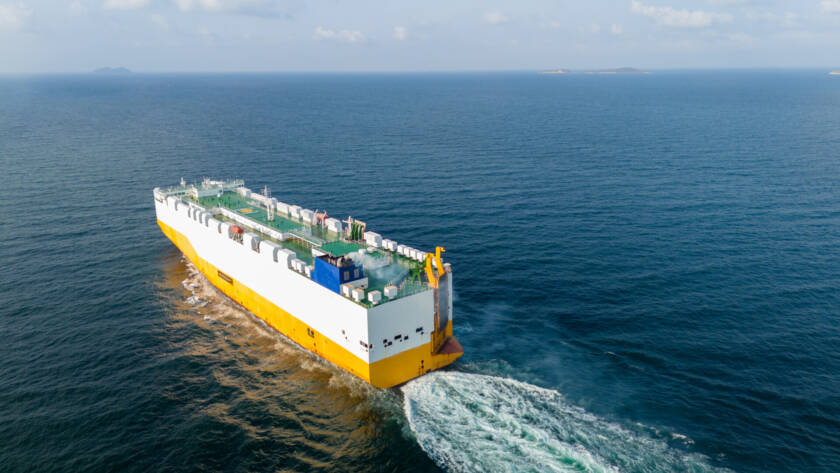Trade in a Time of Geopolitical Adjustment
The focus of the global trade world is, rightly, on President-elect Donald Trump and the U.S. debating and deciding how far they’ll go in enacting new protectionist measures.
But an issue that could upend geopolitics -- with unintended consequences that will affect big issues like war and peace,…




















